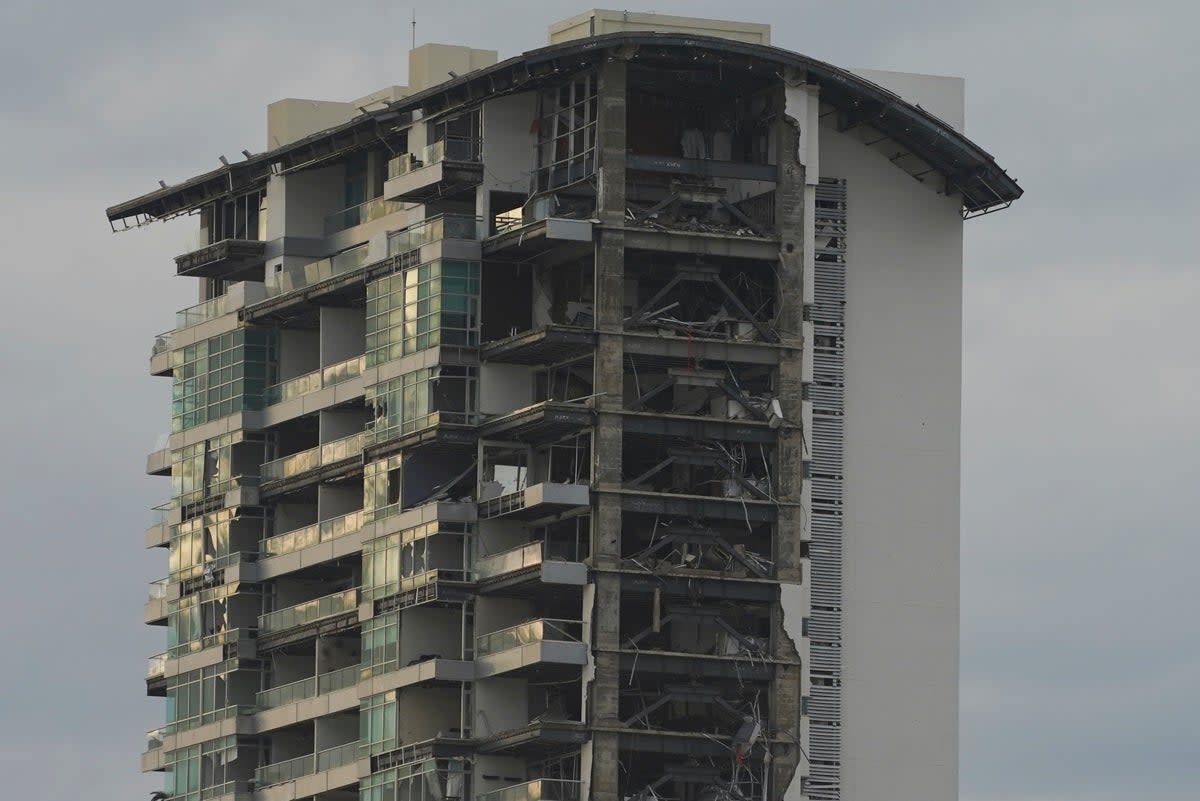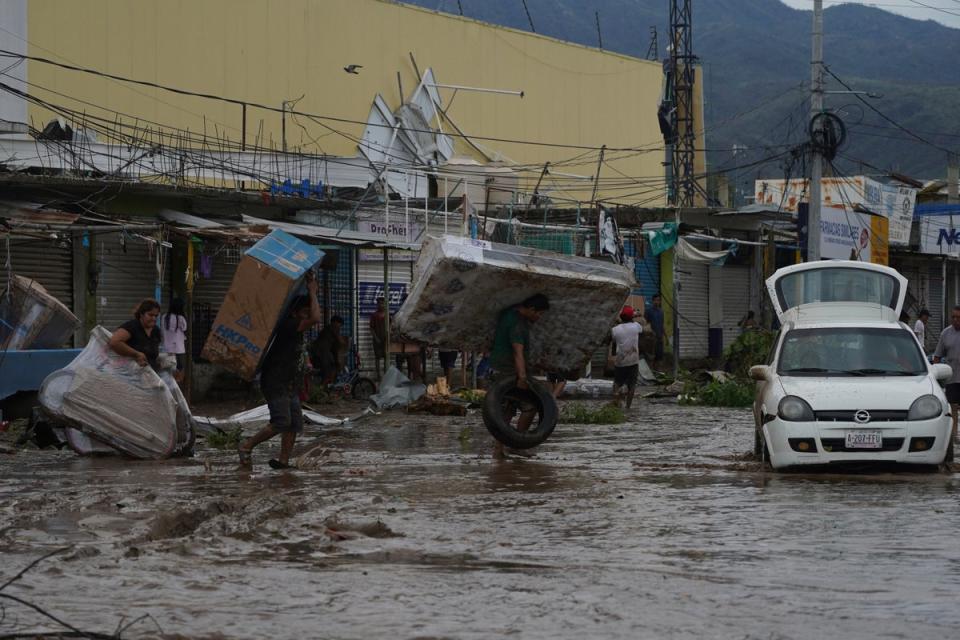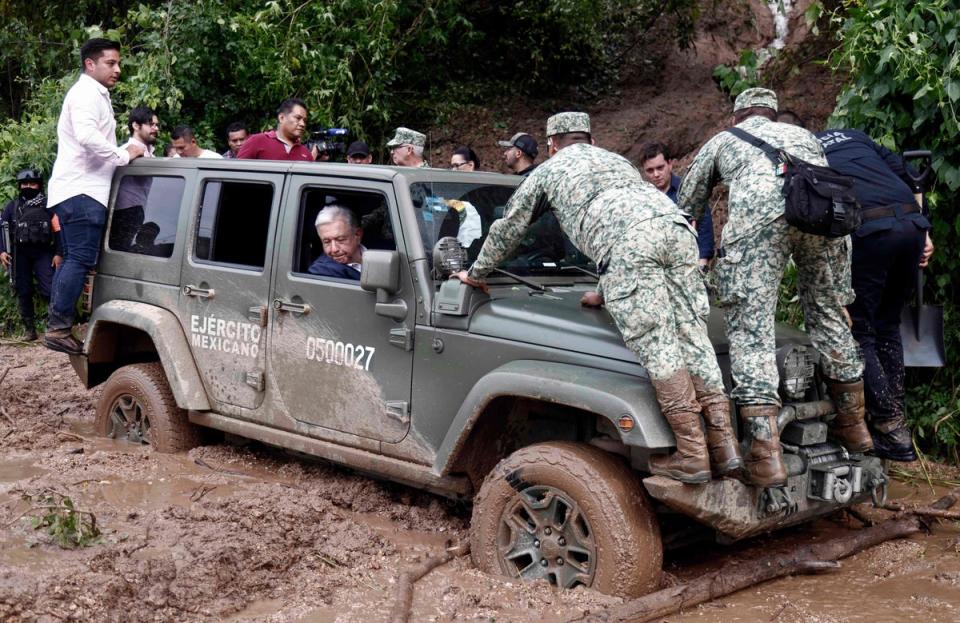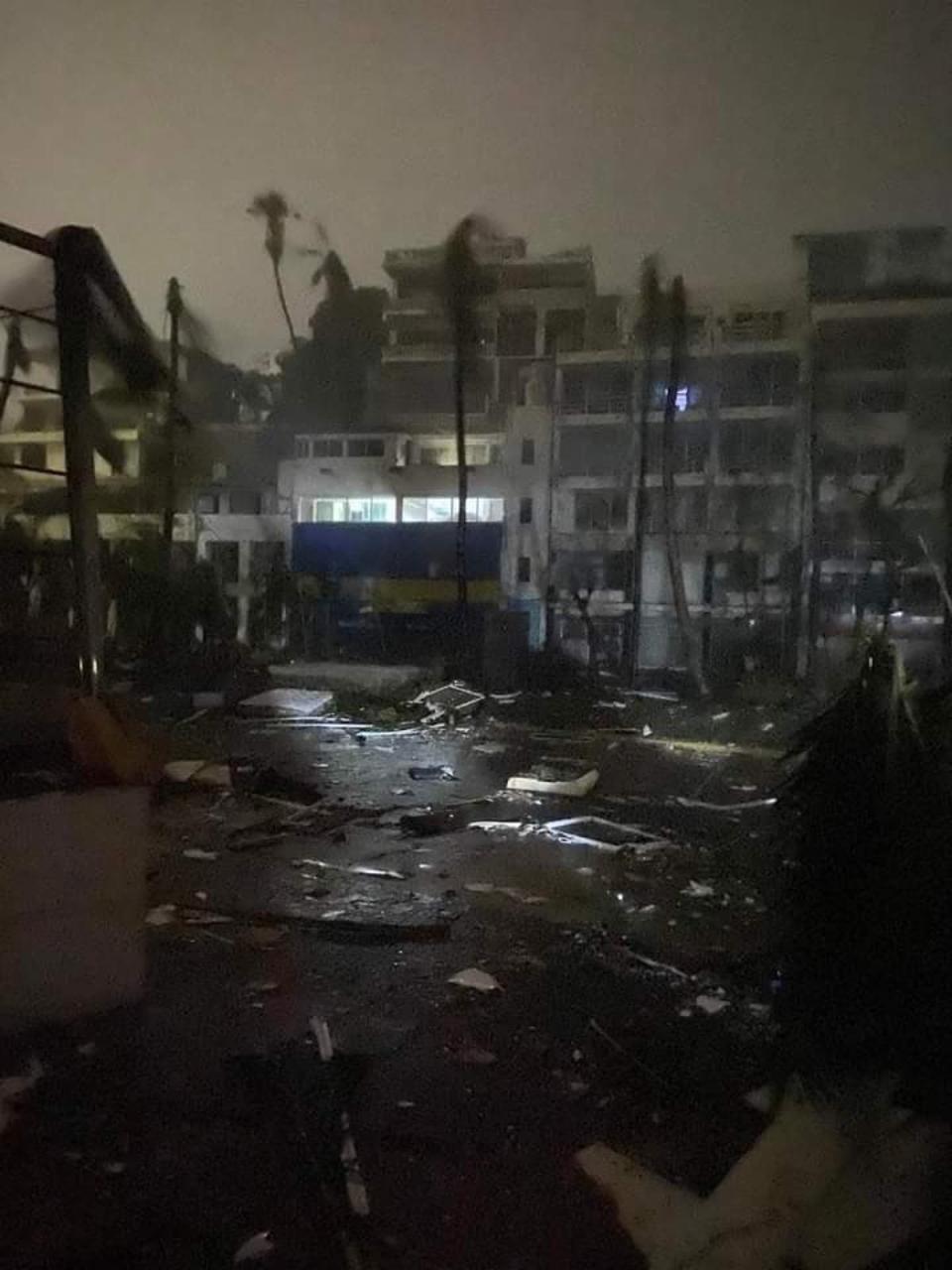Hurricane Otis leaves 27 dead in Acapulco after devastating Category 5 storm

At least 27 people are dead and four are missing in Acapulco after a “nightmare” Category 5 hurricane, Mexican officials said on Thursday.
Hurricane Otis roared ashore shortly after midnight on Wednesday with 165mph winds and torrential rainfal, slamming into the coastal city where residents had little time to evacuate or prepare.
“Unfortunately, we received word from the state and city governments that 27 people are dead and four are missing,” said secretary of state for security Rosa Icela Rodriguez, according to AFP.
Otis is the strongest-ever storm to make landfall on Mexico’s west coast. The hurricane underwent explosive intensification from Category 1 to Category 5 in just 12 hours, catching forecasters by surprise.
The National Hurricane Center (NHC) described it as a “nightmare scenario” for the region.
The hurricane resulted in widespread devastation in Acapulco, a once glittering vacation resort that attracted 1950s film stars but has fallen prey to cartel violence in recent years. Around 1 million people live there, in both luxury homes and hillside slums, sandwiched between the mountains and the Pacific.
On Wednesday, the population was essentially cut off by landslides and flooding. Soon after the hurricane, a 4.4-magnitude earthquake was detected in the neighbouring coastal city of Zihuatanejo.

Photos and videos that emerged from the scene showed apartment buildings and hotels with hundreds of windows blown out, facades stripped back to the frame and ceilings collapsed.
Approximately 80 per cent of the city’s hotels were damaged by the storm, according to president of the Mexican Hotel Association, Miguel Angel Fong.
Flooding was widespread and residents were forced to pick their way through thick mud to gather supplies. Looting had begun in the city, according to The Associated Press, as residents were left without basic resources.
The Mexican government deployed 10,000 members of the National Guard, the Navy and the Army to the region.
Rescue efforts were slow after a landslide blocked the main highway to Acapulco. The hurricane had also damaged airports and left tens of thousands without power or mobile phone service. The municipal water system was down because there was no power to run the pumps.
Mexican president Andres Manuel Lopez Obrador admitted that the government response had been slowed by the hurricane’s impacts.

His visit to the region on Thursday was somewhat symbolic of the communities’ struggles as his jeep became stuck in the mud in the Kilometro 42 community, near Acapulco.
He said that Mexico’s military would bring supplies of food into the area on Friday, and that Pemex, the national oil company, was sending fuel supplies. The president, known as AMLO, thanked the governments of Cuba and the United States for their offer of help.
The hurricane weakened as it moved inland on Wednesday but still brought powerful winds and heavy rains across the states of Guerrero and Oaxaca.

Otis was a more powerful storm than Hurricane Pauline, which hit Acapulco in 1997, leaving 300 people dead and destroying large parts of the city.
In the wake of Hurricane Otis, scientists were trying to piece together how everyone had been caught so off-guard even as forecasting models have increasingly got better in the past few years.
“The models completely blew it,” MIT atmospheric sciences professor Kerry Emanuel, a hurricane expert, told AP.
A rapid analysis, from an international team of scientists at the ClimaMeter group, reported on Thursday that the climate crisis contributed to the rainfall in Hurricane Otis, making it more intense.
The rapid and unexpected intensification of Otis left the scientific community in “awe”, said Stavros Dafis, a research and development specialist at the Data4Risk company in France and a research associate at the National Observatory of Athens.
Record-breaking ocean temperatures are fuelling stronger and more destructive cyclones in general. This heat is being caused by a fossil-fuel-driven climate crisis with El Nino, a cyclical weather pattern, layered on top.


